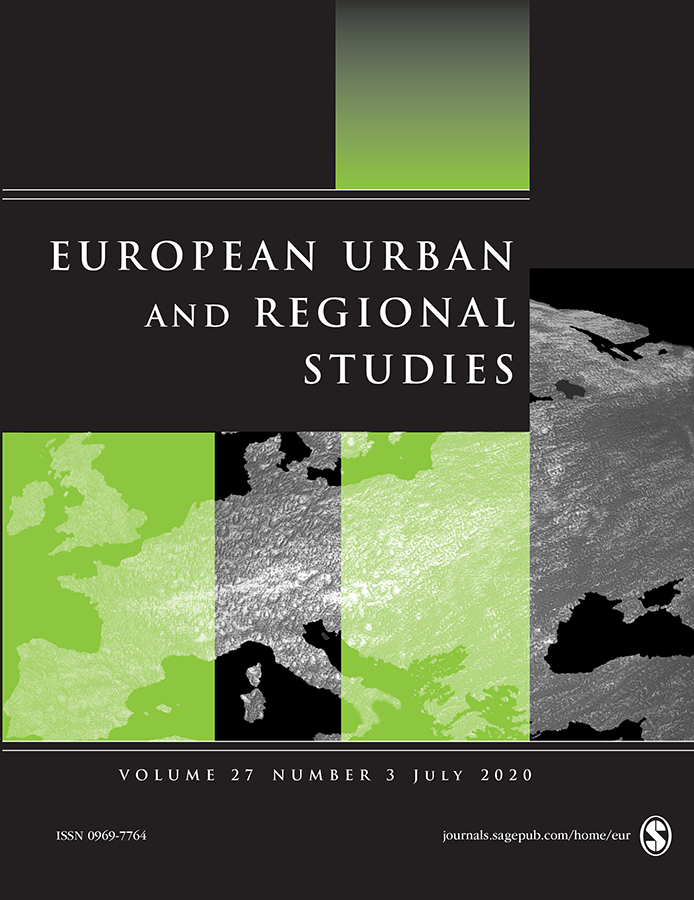Tracing the socio-spatial logics of transnational landlords’ real estate investment: Blackstone in Madrid.

Abstract
The rapid internationalisation of the Spanish property market has triggered debates about the main characteristics of emerging post-crisis urban dynamics. Financial and urban policy reforms have shaped a model depicted by incessant rent increases and displacements. Echoing these concerns, this article addresses two interconnected objectives about the way policy restructuring encouraged transnational investments into Spanish real estate and the concomitant socio-spatial effects this wider asset reshuffling has produced. Both queries are discussed by pinpointing the multi-scalar investment strategies of the private equity firm, Blackstone, which emerged as the predominant institutional investor during the recovery phase of the Spanish property market. The article initially sketches out the trajectory of the political economy of housing in Spain, and then it focuses on the strategies pursued by Blackstone for the acquisition of real estate and housing stock. The following sections connect the nodes of the financial chain that link this investor to former social housing tenants whose homes are by now owned by Blackstone. The spatial and social effects of this change in property ownership demonstrate the importance of in-depth research about the financial nodes that interplay with and shape the post-crisis urban condition in and beyond Southern Europe.
Janoschka, M.; Alexandri, G.; Vives, S. & H. Orozco : Tracing the socio-spatial logics of transnational real estate investment: Blackstone in Madrid. European Urban and Regional Studies 27 (2): 125-141 [2020]


